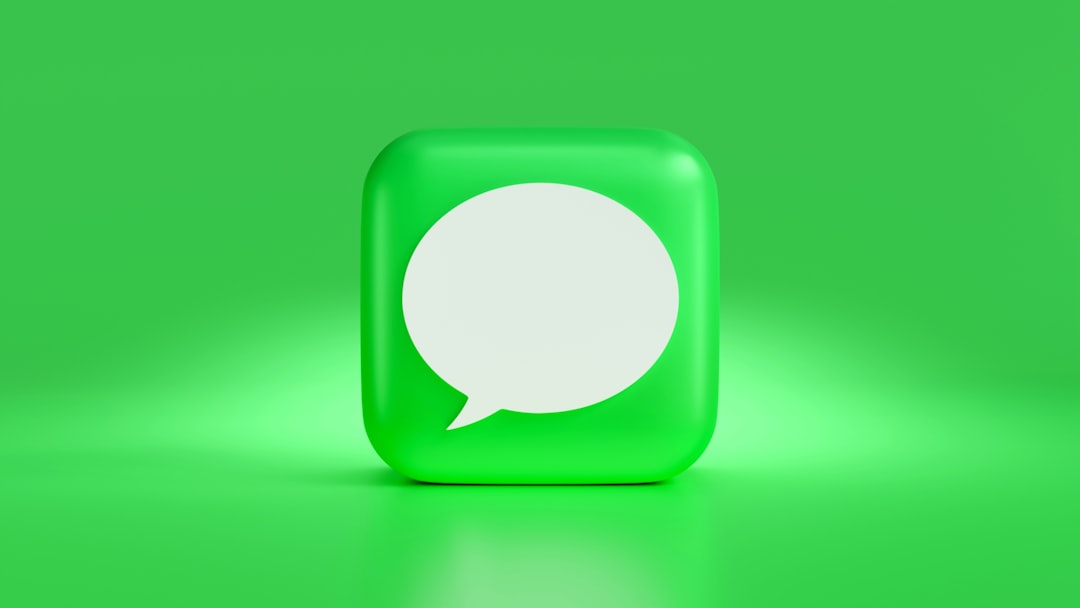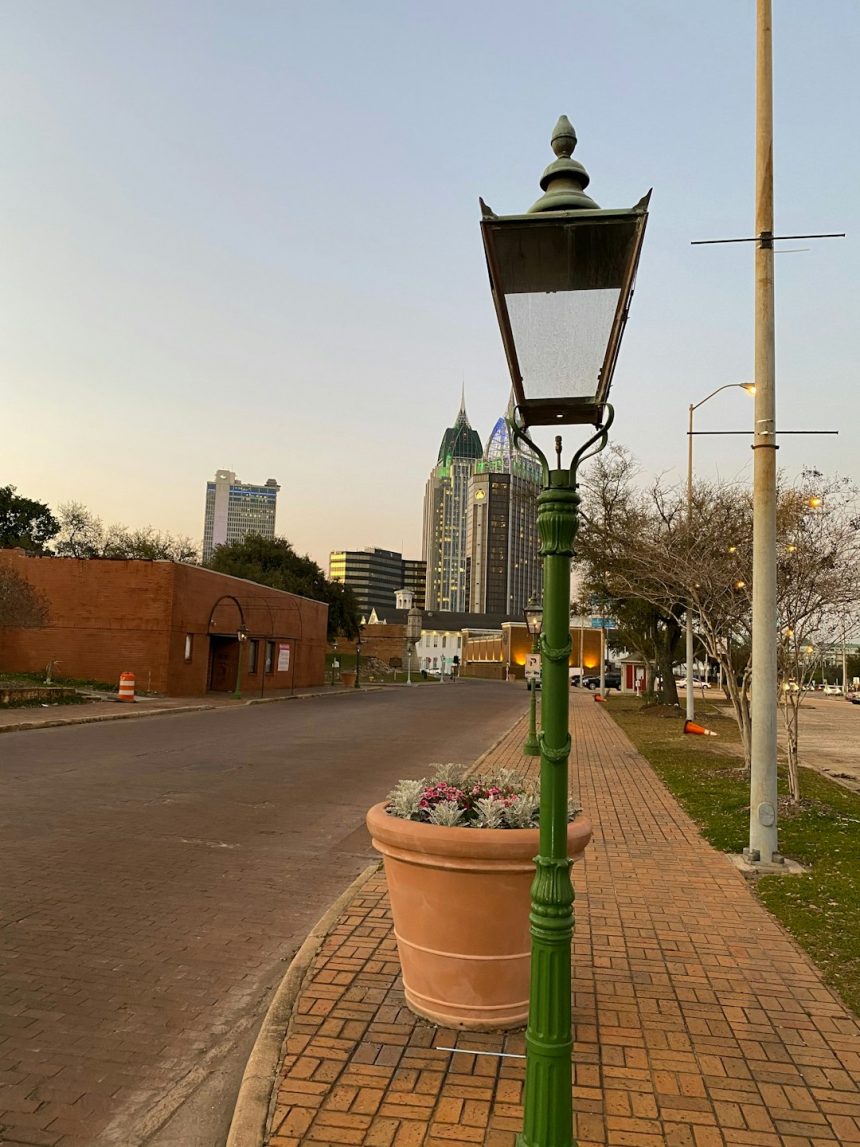WhatsApp has become one of the most widely used messaging platforms globally. Whether you’re chatting with friends or corresponding professionally, the clarity of your text plays a vital role. Formatting your messages can help convey emotions, emphasize important points, and improve overall readability. This article will walk you through everything you need to know about formatting text in WhatsApp effectively and professionally.
Why Is Formatting Important?
Text formatting helps structure your messages. It can indicate emphasis, differentiate quotes, or simply break large blocks of text into readable snippets. Whether you’re giving instructions, sharing updates, or just trying to make your point stand out, formatting ensures your message lands as intended.
WhatsApp Formatting Options
WhatsApp supports a limited but effective set of text formatting options. Understanding these will enhance the quality and presentation of your messages.
1. Bold Text
Use bold text to emphasize key words or phrases. This is particularly useful in long messages or when you need to highlight important sections.
How to use: Enclose the word or phrase in asterisks (*).
Example: *This is bold* will display as This is bold.
2. Italics
Italics are ideal for emphasizing softer expressions, introducing book titles, or adding a nuanced tone to your text.
How to use: Surround the text with underscores (_).
Example: _This is italic_ will display as This is italic.
3. Strikethrough
Strikethrough text is effective when you want to denote something that’s no longer relevant, or to correct an error humorously.
How to use: Surround the text with tildes (~).
Example: ~This is strikethrough~ will display as This is strikethrough.
4. Monospace (Fixed-Width)
Monospace font is useful for sharing code snippets, commands, or anything that benefits from exact spacing.
How to use: Wrap the text in triple backticks (```) or single backticks in some versions.
Example: ```This is monospace``` will display as This is monospace.

Combining Formatting Styles
While WhatsApp does not officially support combinations like bold italics, some users have reported that trying different combinations of symbols can occasionally work. However, results may vary across devices and versions of the app.
For instance:
*_Bold and Italic_* might display as Bold and Italic on some machines.
Tips for Using Formatting Professionally
Formatting can elevate the tone of your communication, but misusing it can have the opposite effect. Here are a few professional tips:
- Don’t overuse formatting. Too many bolded or underlined words can overwhelm your reader.
- Use bold for key points only, such as dates, times, or important action items.
- Reserve italics for asides or softer emphasis.
- Use strikethrough sparingly, mostly for humor or revisions.
Formatting in Group Chats
Group chats can get messy, fast. Formatting your messages makes them easier to interpret and respond to. Use bullet points, bolding, and consistent language to get your messages noticed and understood.

Limitations to Keep in Mind
While the basic formatting features are helpful, WhatsApp is not designed for heavy formatting like word processors or HTML editors. Here are some limitations:
- You can’t color text or change fonts beyond monospace.
- No support for lists, headers, or images embedded in formatted text.
- Emoji and stickers are not affected by formatting styles.
If you need more complex formatting for things like business reports or newsletters, consider sharing a PDF or document file via WhatsApp instead.
Conclusion
Mastering text formatting on WhatsApp can significantly enhance the way you communicate. From adding urgency with bold text to creating clarity with bullet points, small efforts in formatting can have lasting impacts. By thoughtfully using these features, your messages will not only be more visually appealing but also more effective, whether you’re chatting casually or handling professional correspondence.


